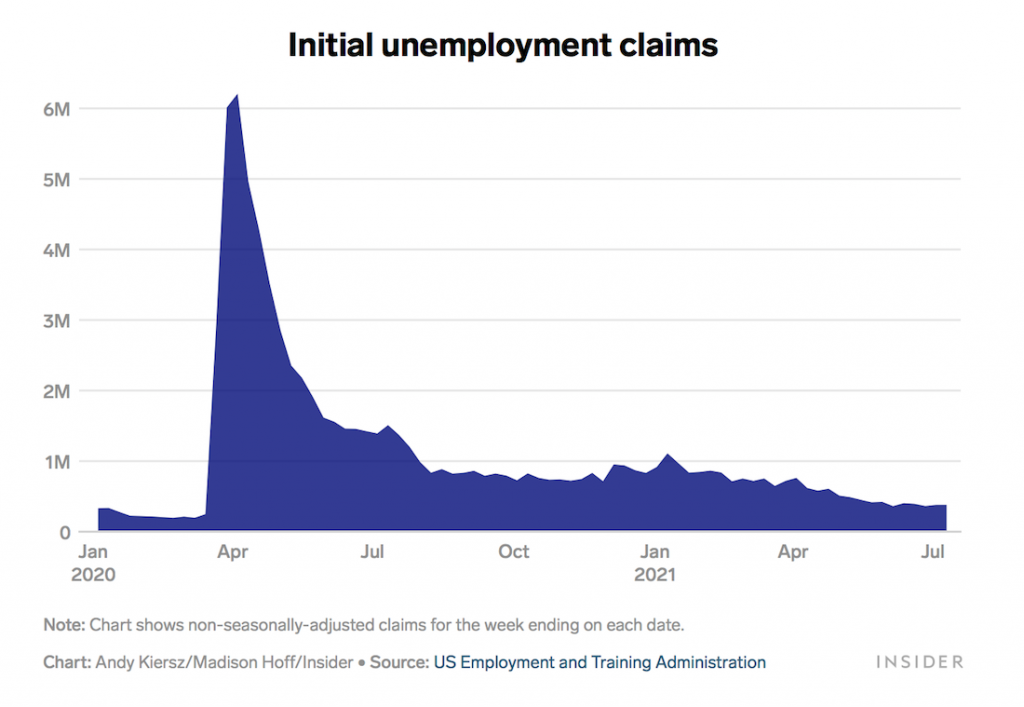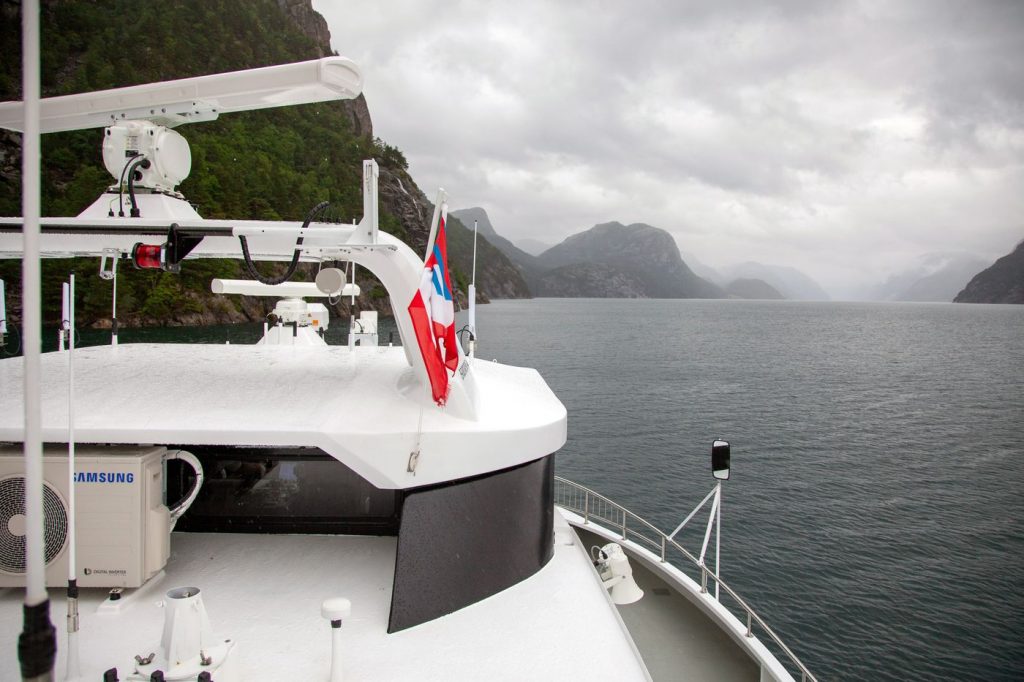
In other news – just started a subscription to the FT and wow, there ARE other stories out there. Boring, significant. Anyway, the U.S. is about to ban anonymous shell companies:
The Biden administration’s focus on corruption and money laundering may so far have attracted less notice than its other big policy decisions. But it is the most meaningful manifestation of the US president’s argument that making the economy work for ordinary Americans is intimately connected to US national security and foreign policy interests.
There are many reasons to cheer this turn in policy. First, it is an all-too-rare example of relative bipartisanship in a deeply polarised country. Days before the January 6 attack on the Capitol, the Corporate Transparency Act was passed by overwhelming majorities of the US Congress as part of the annual defence spending authorisation bill. This law will, when implemented, in effect ban anonymous shell companies in the US — a favoured conduit for the world’s corrupt to launder dirty money, as Yellen referred to in her remarks.
Second, the administration means it seriously. The Treasury has issued an implementation rule for the shell company ban. Too often, in the US or elsewhere, good laws on paper have been dead letters in practice, because of loopholes or a failure to put enough resources and political support behind enforcement. This time looks different.
So weird, and not to get/stay meta all the time, but this story even hits the mythical ‘bipartisan’ note somehow, and yet still never rises to the level of the local news. Sure, it was drowned out by a coup attempt, but as the article points out, corrupted government institutions are the very things that abet anti-democratic movements. So, striking back at corruption also strikes a blow in support of liberal democracy. Sounds so quaint, but that’s where we are.
Image: Nicobar spindle shell, typically not itself a threat to democracy.




